Cuneiform tablet: administrative account of barley distribution with cylinder seal impression of a male figure, hunting dogs, and boars.
Sumerian, Jemdet Nasr period, ca. 3100–2900 B.C. Mesopotamia, probably from Uruk (modern Warka).
In about 3300 B.C. writing was invented in Mesopotamia, perhaps in the city of Uruk, where the earliest inscribed clay tablets have been found in abundance. This was not an isolated development but occurred during a period of profound transformations in politics, economy, and representational art. During the Uruk period of the fourth millennium B.C., the first Mesopotamian cities were settled, the first kings were crowned, and a range of goods—from ceramic vessels to textiles—were mass-produced in state workshops. Early writing was used primarily as a means of recording and storing economic information, but from the beginnings a significant component of the written tradition consisted of lists of words and names that scribes needed to know in order to keep their accounts. Signs were drawn with a reed stylus on pillow-shaped tablets, most of which were only a few inches wide. The stylus left small marks in the clay which we call cuneiform, or wedge-shaped, writing.
This tablet most likely documents grain distributed by a large temple, although the absence of verbs in early texts make them difficult to interpret with certainty. The seal impression depicts a male figure guiding two dogs on a leash and hunting or herding boars in a marsh environment. (met)
Courtesy & currently located at the Metropolitan Museum of Art, New York, via their online collections.
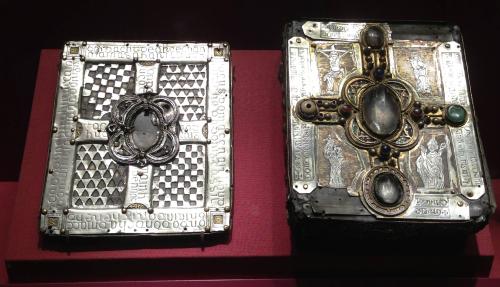
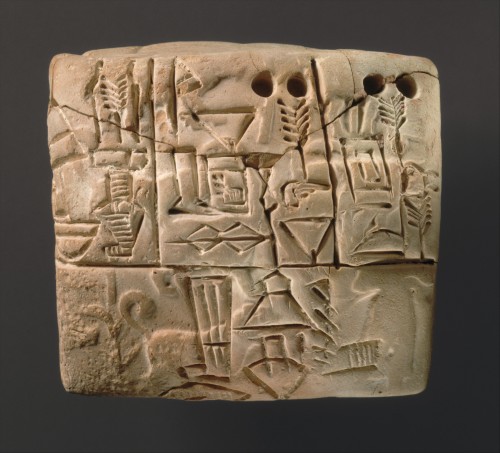
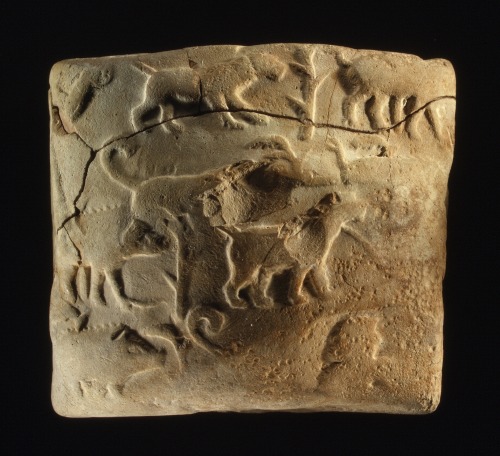
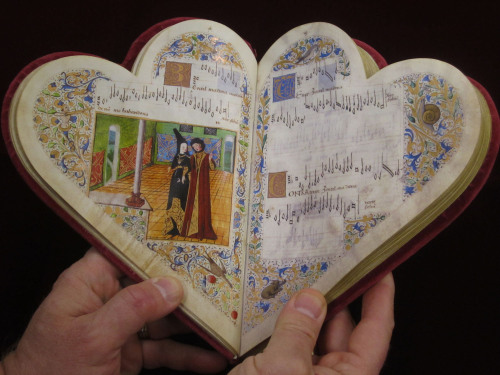
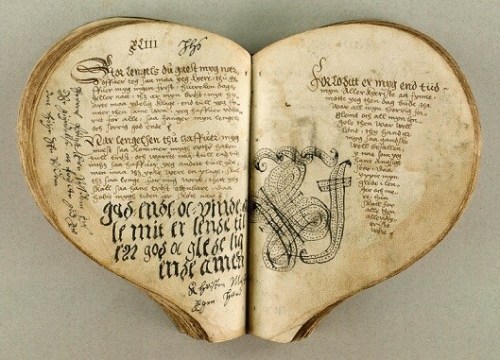

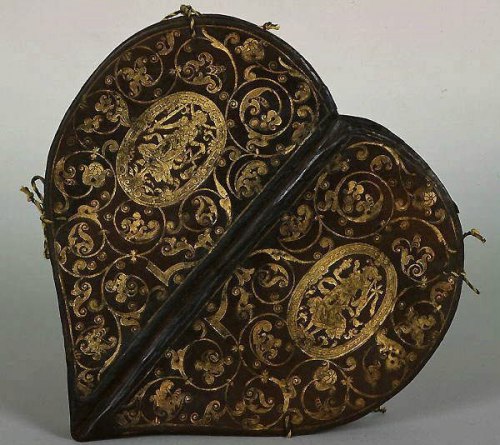




You need to be a member of 'Parchments & Scrolls to add comments!